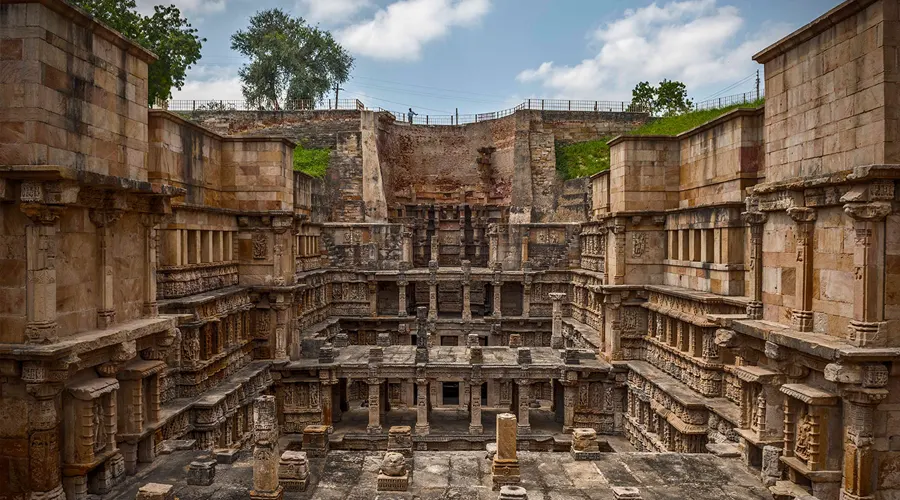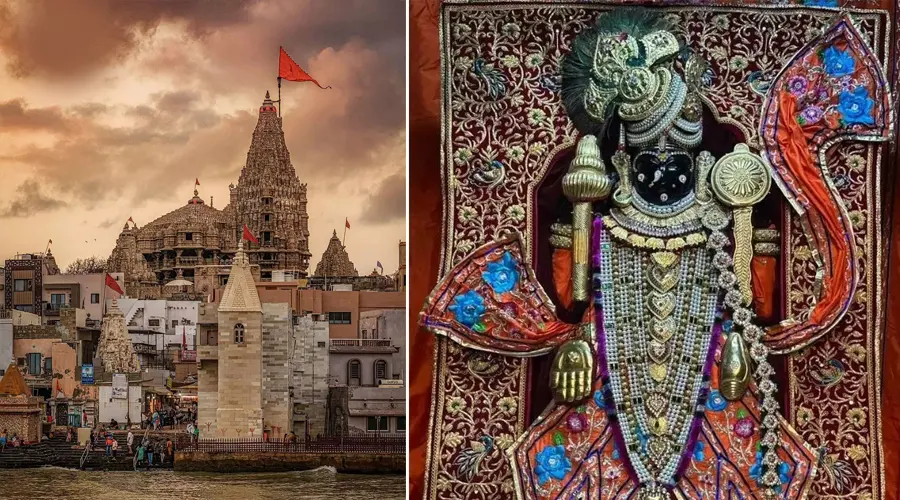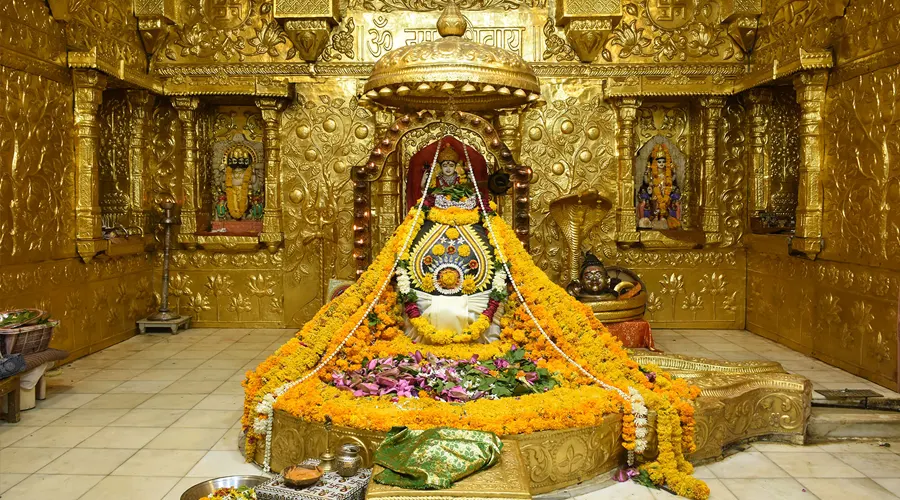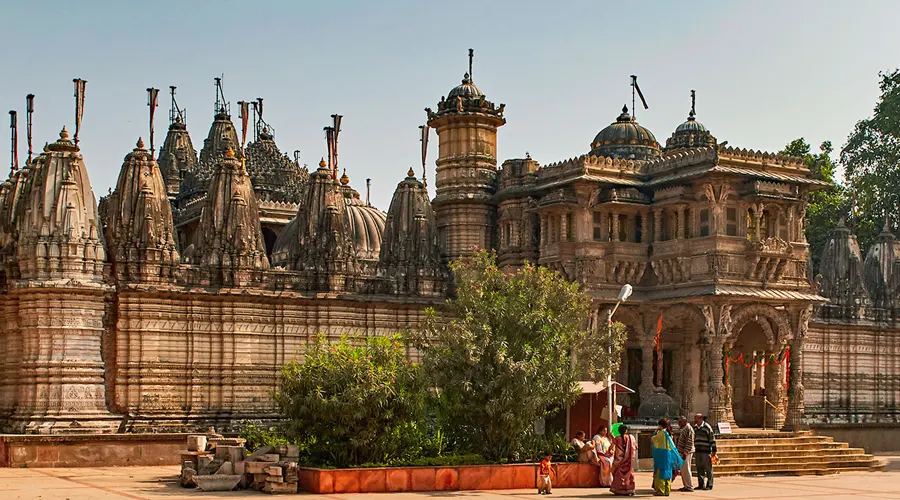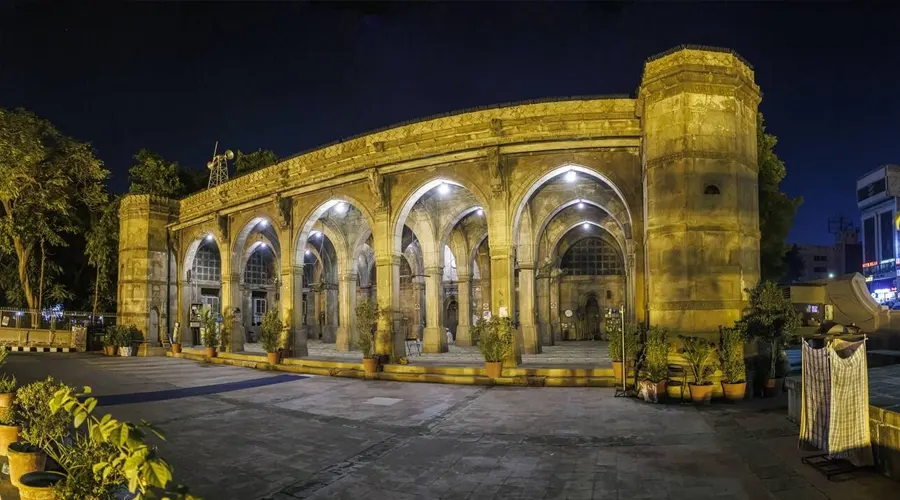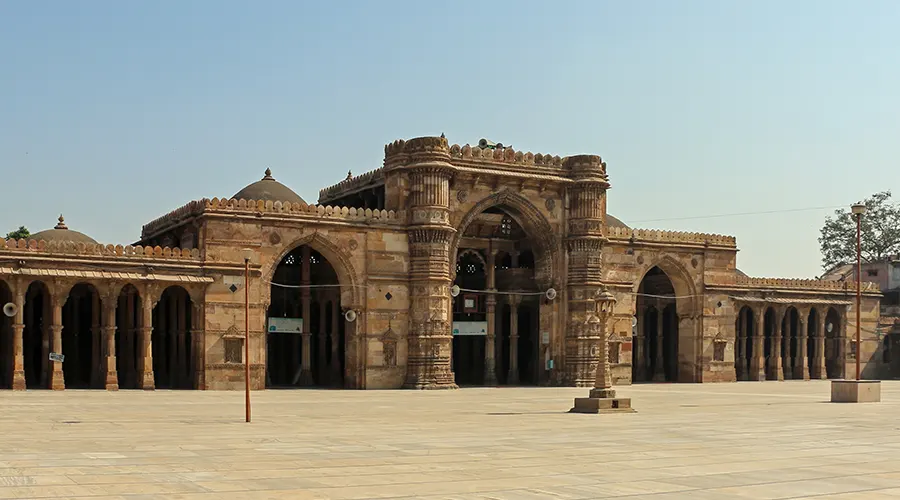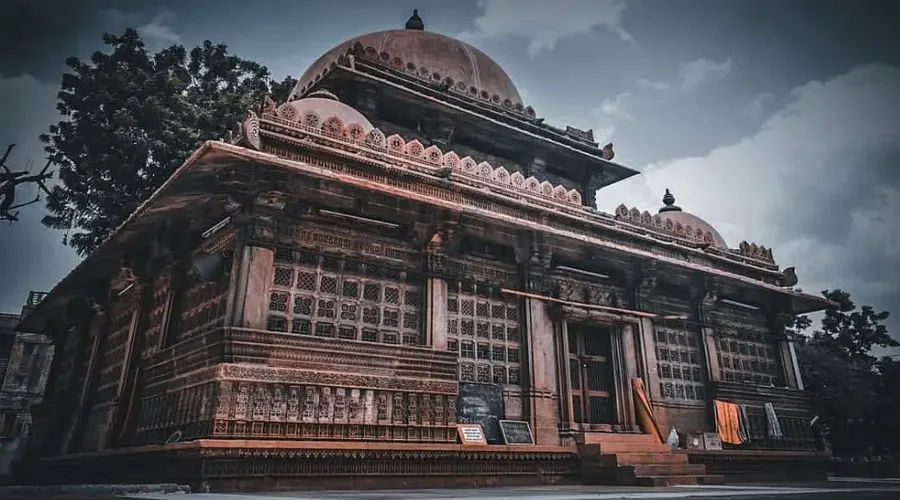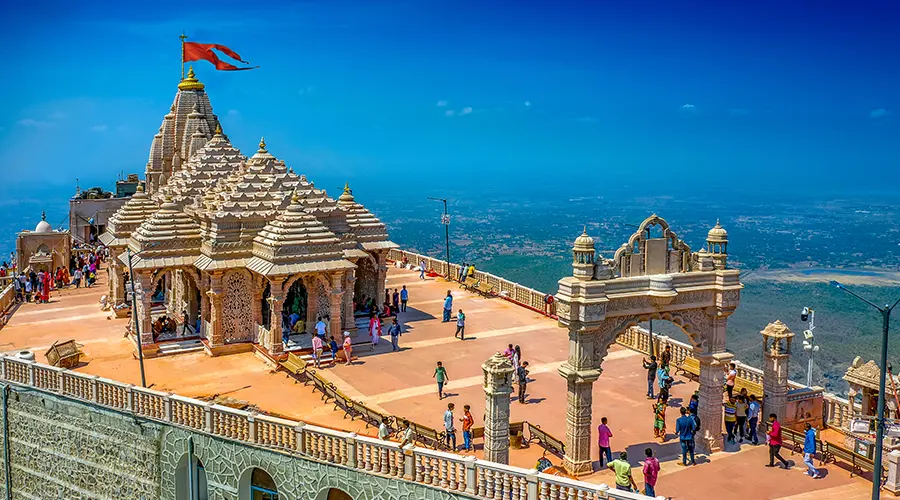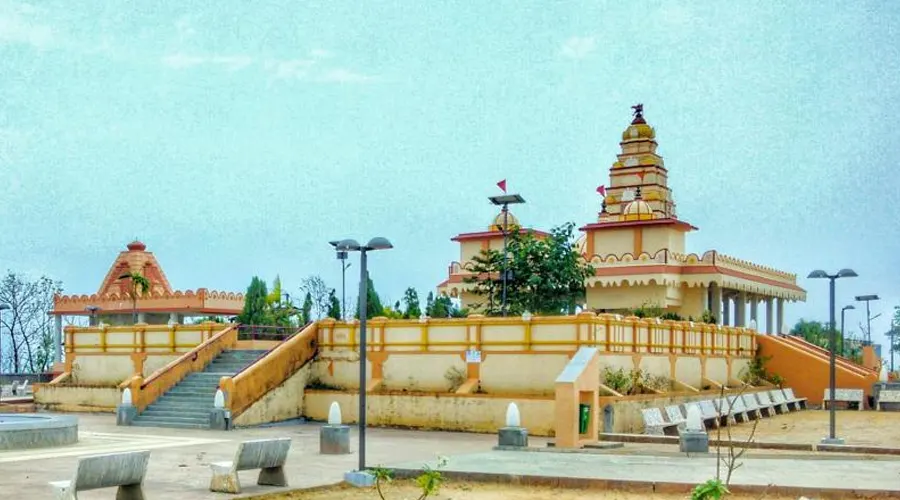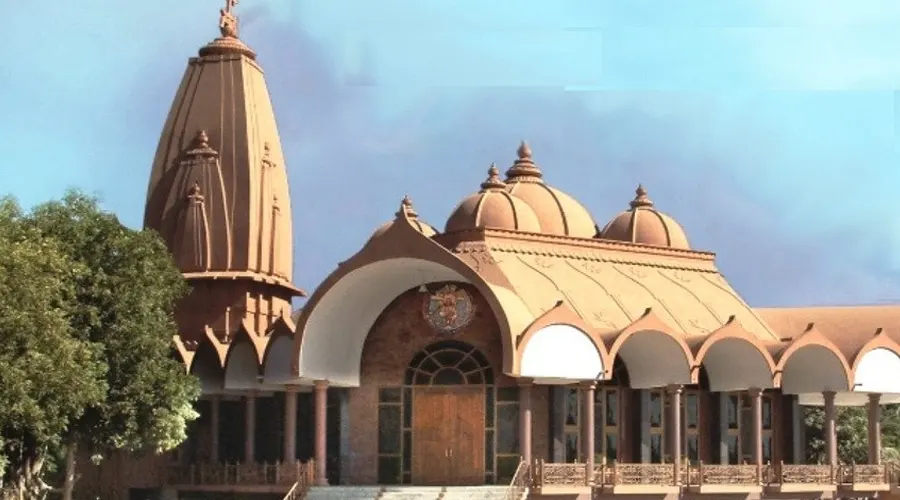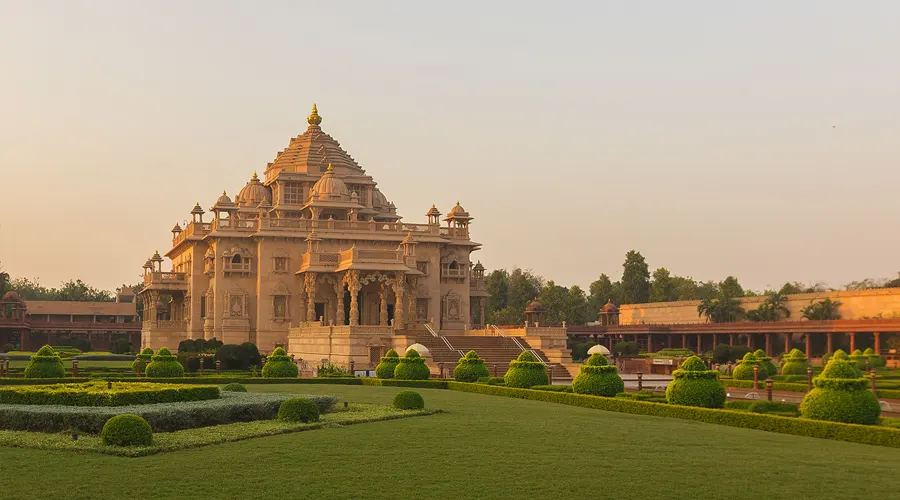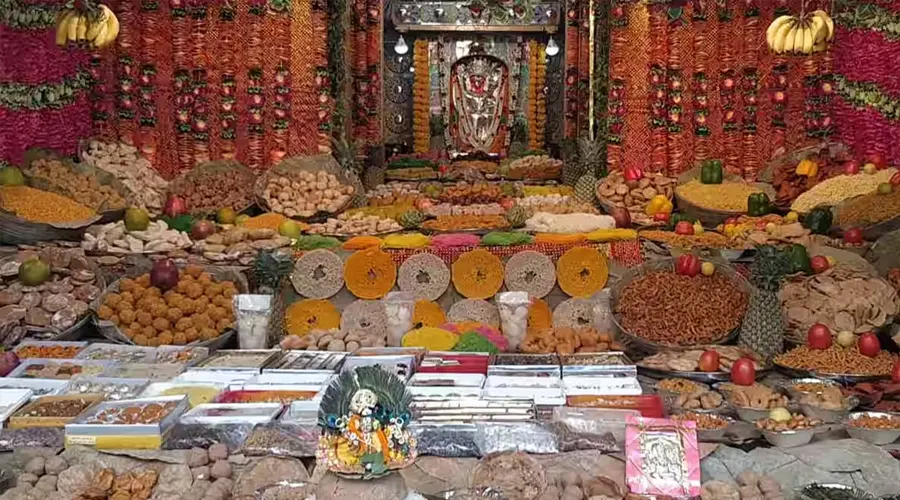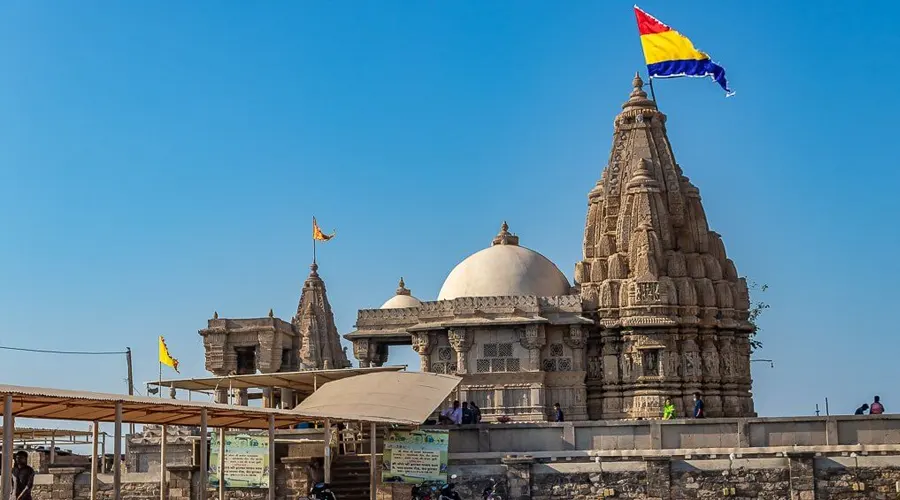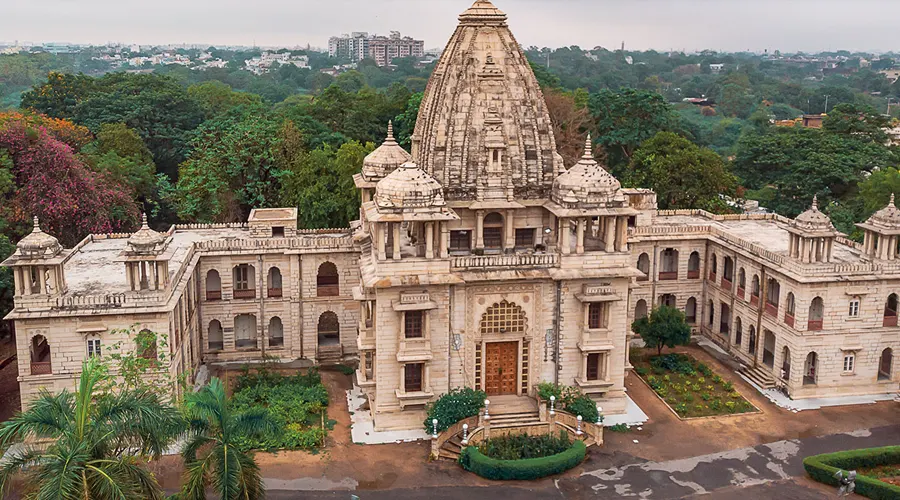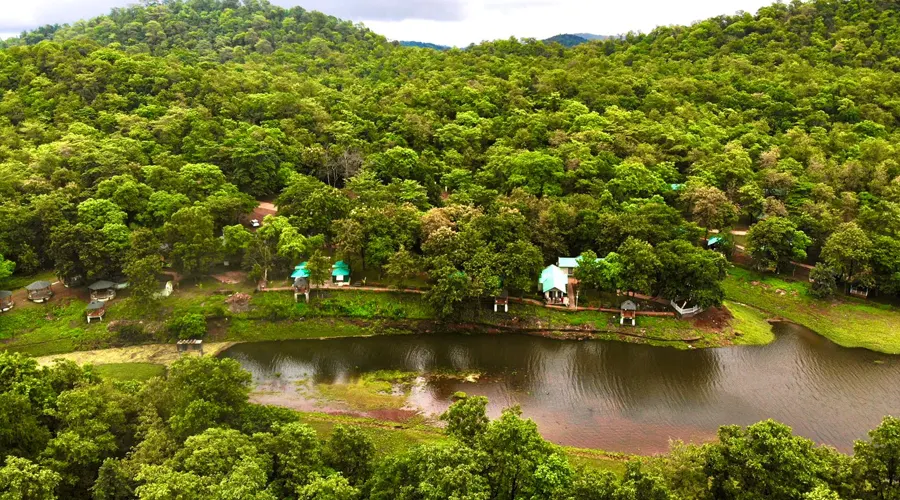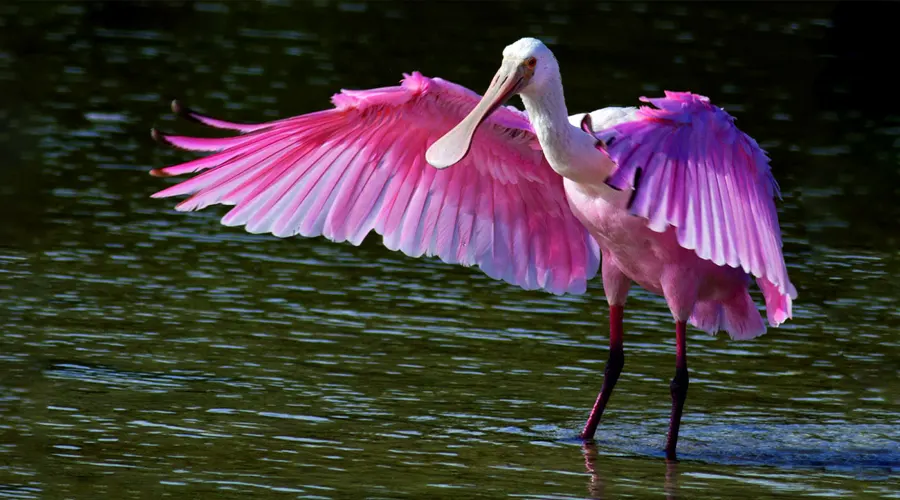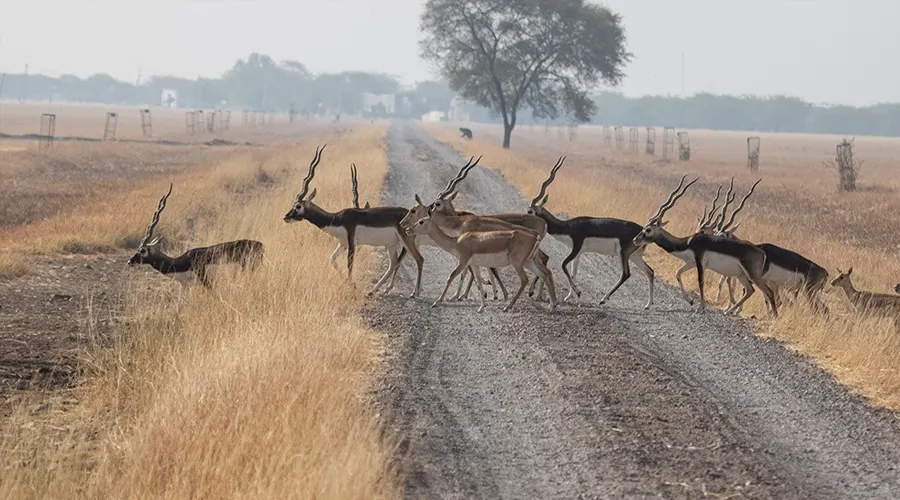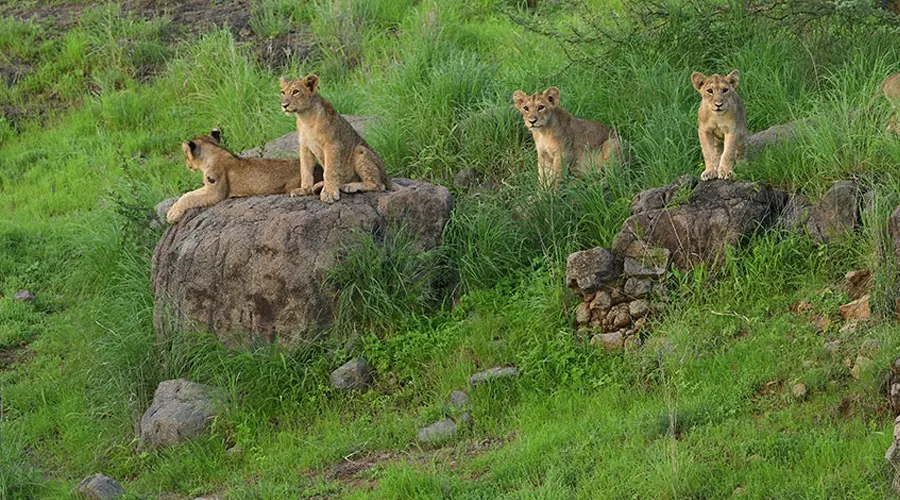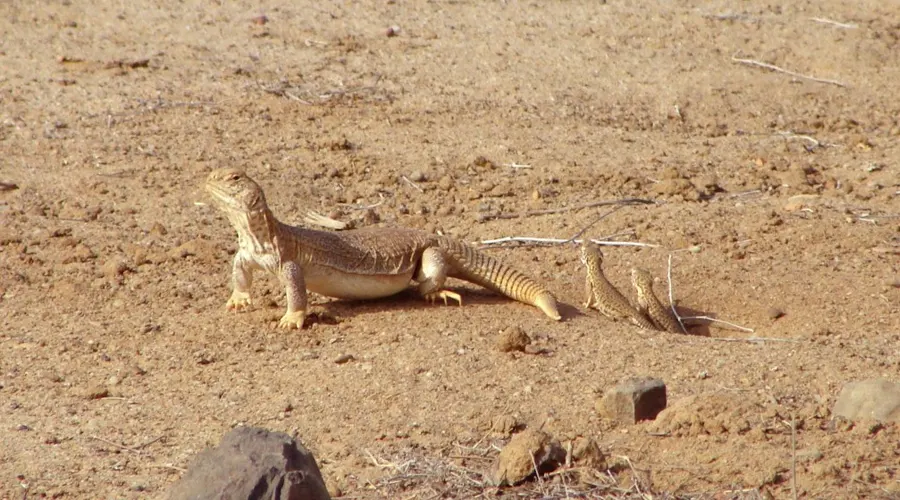Rani Ki Vav
Rani-ki-Vav, on the banks of the Saraswati River, was initially built as a memorial to a king in the 11th century AD. Stepwells are a distinctive form of subterranean water resource and storage systems on the Indian subcontinent and have been constructed since the 3rd millennium BC.
They evolved from what was a pit in sandy soil towards elaborate multi-story works of art and architecture. Rani-ki-Vav was built at the height of craftsmen’s ability in stepwell construction and the Maru-Gurjara architectural style, reflecting mastery of this complex technique and the great beauty of detail and proportions.
Rani Ki Vav or 'Queen's Stepwell' is a distinctive form of water storage system called Patan, believed to be the grandest in the state of Gujarat, Rani ka Vav epitomizes the peak of Maru-Gujarat architectural style. The 900-year-old structure listed as a UNESCO World Heritage Site is displayed prominently in the new ? 100 currency note issued by the Reserve Bank of India.
In the olden days, the water of the well had medicinal properties that helped ward off diseases like viral diseases and fever. The well was excavated in the 1960s in a well-protected state as it was buried under a slit for sanctuaries. In addition to this, Rani Ka Vav was an important center for socializing among the locals as well as taking refuge from the heat. It's an excellent example of turning something functional into a piece of art.
History of Rani Ki Vav
The unique stepwell was constructed from 1063 to 1068 AD in the Chalukya Dynasty as a memorial of Bhimdev Solanki by his widowed Queen Udaymati. It is designed in the shape of an inverted temple, divided into seven levels, highlighting the sanctity of water. Apart from being a water storage system, Rani Ki Vav is also known for its intricately carved sculptures on pillars that number around eight hundred primarily based on the theme of Lord Vishnu.
It is believed that Rani ka Vav was commissioned by the widowed queen Udaymati in the fond memory of her husband Bhimdev I (AD 1022 to 1063), son of Mularaja, the founder of the Solanki dynasty of Anahilwada Pattan. The construction started around 1050 AD and was probably completed by Udayamati and Karandev I after the death of her husband.
One can find the reference to Udayamati building the monument in the 'Prabandha Chintamani' composed by Merunga Suri in 1304 AD. Later, the vav was flooded by River Saraswati located nearby and silted over until the 1980s. It was then that the Archaeological Survey of India excavated it along with its carvings in pristine condition. Today, considered a man-made marvel, Rani ki Vav is among the finest step-wells in the legacies of the ancient capital city of Patan.
Architecture of Rani Ki Vav
Rani ka Vav cited as one of the spectacular pieces of architecture, reflects the typical Maru-Gurjara architectural style. It exhibits intricate technique and admires the beauty of details and proportions achieved. Originally built as a memorial in the 11th century, this stepwell, apart from having sound water sourcing and structural stability, is also a piece of true artistic mastery.
- The well is separated into seven levels of stairs adorned with sculptural panels of high artistic quality along with more than five hundred principal sculptures and over a thousand other religious and mythological figures, often referencing literary works.
- Oriented in the east-west direction, the fourth level, which is the deepest, leads to a rectangular tank (9.5 meters by 9.4 meters) at a depth of 23 meters.
- The well also holds religious significance, and thus, is designed as an inverted temple highlighting the sanctity of water.
- Several stone structures depicting the various 'avatars' or manifestations of Lord Vishnu such as Kalki, Rama, Krishna, Narsinh, Vaman, and Varahi can be seen here.
- Interestingly, the sculptures of various Yoginis and Apsaras can be seen here sporting the 'Solah - Shringar' or 16 different styles of ornamentation.
Facts About Rani ki Vav
The vavs of Gujarat, apart from being the site of collecting water and socialising, were also of great spiritual importance in the past. Although initially, the design of these wells leaned more towards a simplistic design, over time these styles became more complex and intricate. This was done mainly to emphasize the sanctity of the water being stored in the vav. Rani Ki Vav is one such example that gives a feel of a subterranean temple on entering.
- The most emphatic pieces of embellishment here have to be the statues and sculptures of Lord Vishnu.
- The general theme of Rani Ki Vav is 'Dashavatars' or the ten incarnations of the deity.
- The well descends to subterranean levels where you can observe around 800 distinct sculptures spread over seven galleries.
- The incarnations of Lord Vishnu, namely, Matsya, Kurma, Varaha, Narasimha, Vamana, Parashurama, Rama, Krishna, Buddha, and Kalki are accompanied by statues of sadhus, Brahmins, and celestial dancers or 'Apsaras'.
- The most imposing imagery here is present at the water level of the Rani ki Vav, where you can see Vishnu reclining on the thousand-hooded serpent Shesha.

